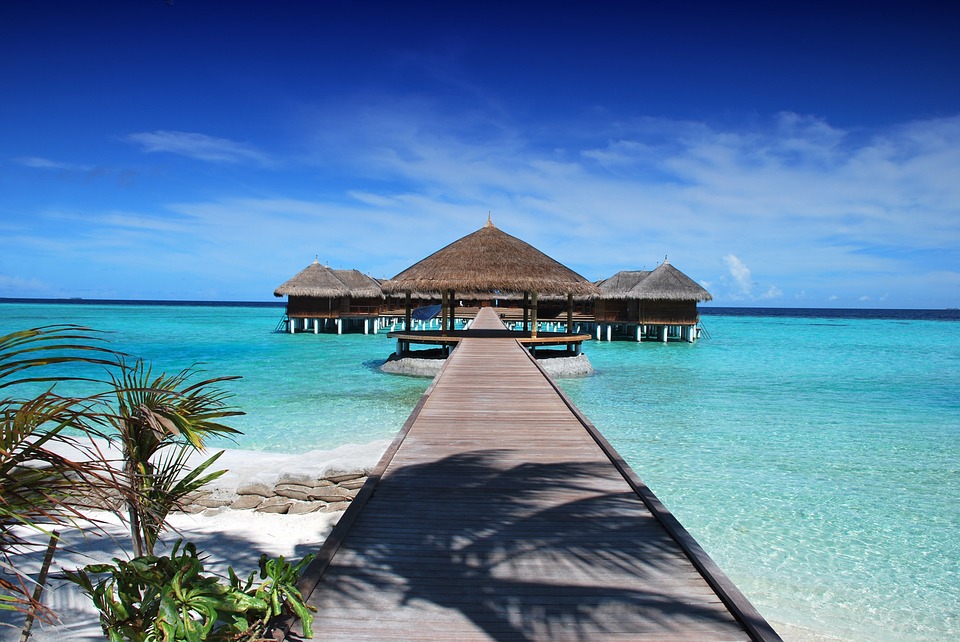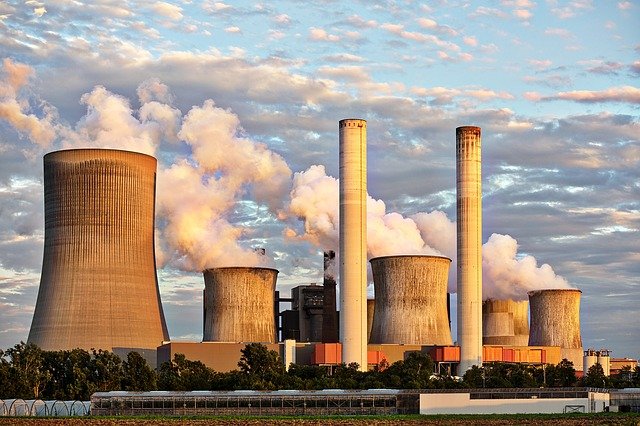By Emma Cheriegate, Staff Researcher & Writer at Save the Water™ | January 20th, 2022
We tend to picture island nations as beaches lined with clean coastlines, surrounded by crystal-clear ocean water. They each offer a paradise far away from the hustle and bustle of urban life. Tourists don’t often consider the downsides and challenges island residents face, such as trash. However, most remote island nations must wrestle with the problem of trash disposal for several reasons, including water safety. In particular, a small country in the Indian Ocean, the Maldives, has been struggling with trash disposal since its birth.
As a compact country, the Maldives has limited freshwater resources. According to a report by the United Nations, most of the residents’ drinking water is only available through desalination, which is expensive. Their dilemma involves the quality of their water and the question of how to integrate sustainable water practices and infrastructure. The Maldives encounters challenges of poor water quality due to growing tourism numbers, and pollution from trash disposal.
Thilafushi’s Origin
The Maldives is an archipelago, a collection of over a thousand atoll islands. Moving trash from one place to another is a challenge. Without many options at hand, the Maldives came up with a plan to reclaim an existing lagoon. In 1991, the Maldivian government transformed the Thilafushi, previously known as Thilafalhu, into a landfill. Today, the human-made island spans 124 acres, with the amount of deposited trash increasing ever since its creation.
Thilafushi is the waste dump for all of the Maldives, located next to the country’s capital city, Malé. The amount of daily waste is over 330 tons. A single tourist adds an average of 3.5 kilograms every day, and with every new year, the number of tourists is increasing. In 2019, the number was almost 2 million. Tourism and trash accumulation numbers are rising and, as a result, threats to water quality are too.
To combat this issue, the Maldives invested in programs that promote the right of access to healthy drinking water and sanitation. In 2010, the Maldives began its journey with a movement known as Sanitation and Water for All. Sanitation and Water for All is a U.N.-sponsored coalition of several countries whose plan “… focuses on encouraging and motivating partners to increase political prioritization of water, sanitation, and hygiene; ensure adequate financing, and build better governance structures and institutions …” The WASH program (Water, Sanitation, and Hygiene) supports these same goals, but with a specific focus on educational hygiene lessons. Some are made specifically for children, to be taught by teachers and health personnel.
What Does Trash Disposal Mean for Water?
The majority of Thilafushi’s trash ends up in its landfills, while the remainder is incinerated. However, the increasing amount of trash is not the only alarming change for this artificial island. Electronic waste quantities are growing too, complicating the safety of their disposal system and implications for water quality further. However, this issue is not new to the Maldives; it has been an issue for many years.
Hazardous items taken to the island also include:
- Asbestos
- Lead
- Batteries
- Heavy Metals
The toxic components of these waste items pose a significant risk of water contamination. Leachate, a by-product of municipal waste pollutes the soil and groundwater, affecting water often used in desalination procedures. So, what efforts can help alleviate this challenge?
The Solutions for Trash Disposal and Water Quality
For almost 30 years, massive amounts of waste accumulated on Thilafushi. Now, the Maldivian government is planning to dispose of waste sustainably and enhance water quality. In 2018, the government enacted a clean-up project for the island. This project provides a new waste removal method, enhanced waste management, and new trash collection locations on various islands. In addition, infrastructure upgrades and new, unique waste transfer containers help improve transport safety to Thilafushi.
The second portion of the Maldivian government’s plan focuses on waste-to-energy conversion. The strategy has two aspects:
- Incorporate a new treatment plant to convert the trash.
- Upgrade their existing dumpsites.
Improvement efforts are not limited to trash disposal. The Maldives is largely dependent upon tourism for income. Because of this, pollution from tourism is unavoidable. To confront the issue, the government partnered with a power company to construct desalination plants across the Maldives. The construction of these plants would mean dependable access to clean water for residents, and it would promote the inclusion of reusable containers. All of this together would allow the Maldives to confront both waste and water quality issues.
What You Can Do
While the government works to combat this trash disposal, here are ways you can help:
- Spread the word about Maldives’ water pollution challenges through conversation or social media.
- Donate to water and environmental quality that support their efforts.




